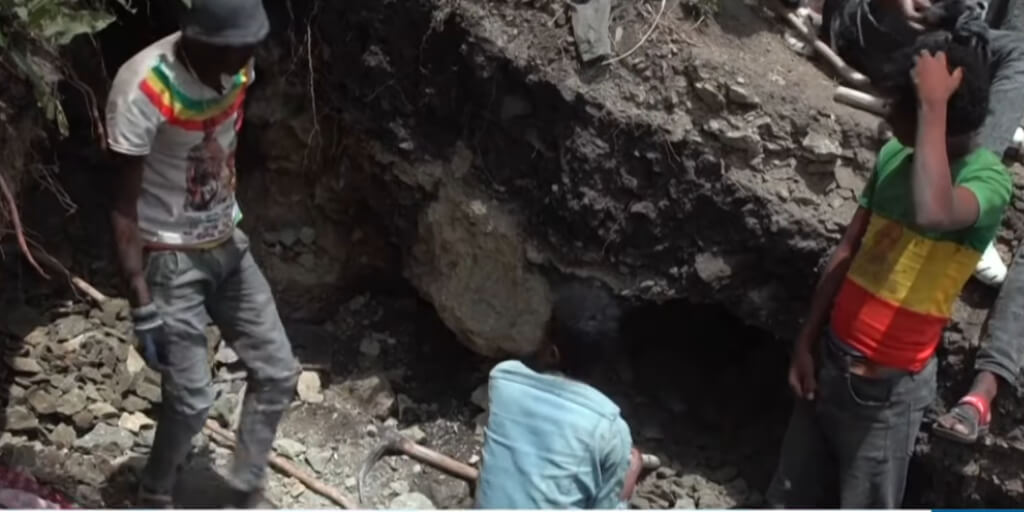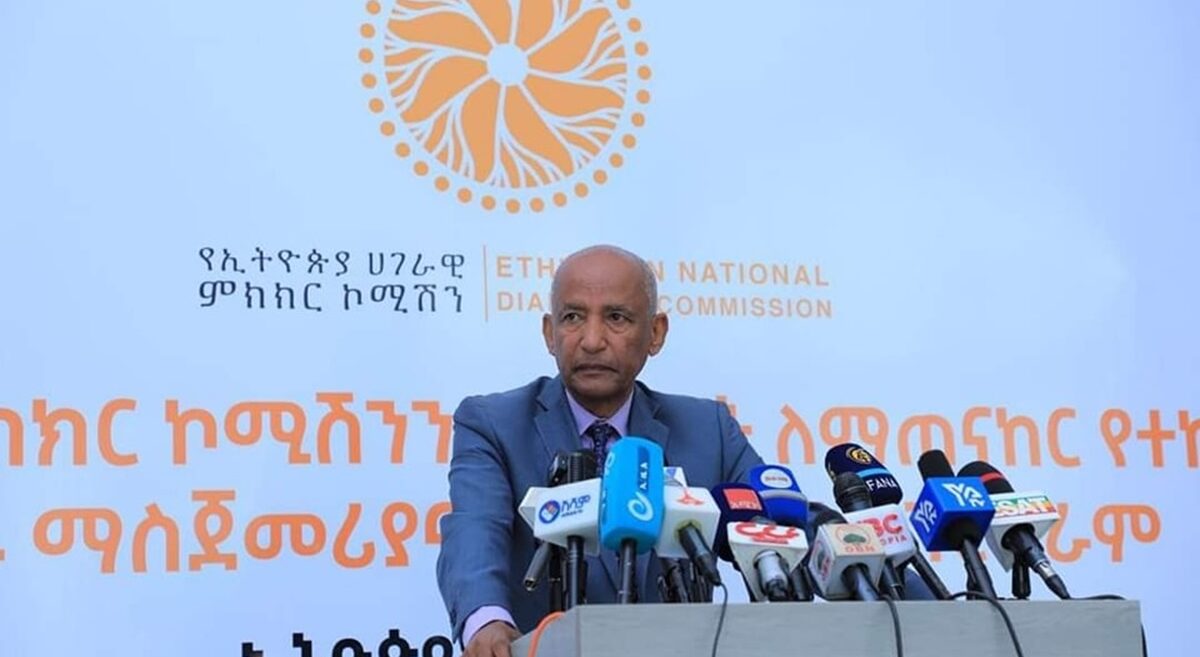New report reveals violence against children remains high throughout Africa
Physical violence at home and in the wider community, mental violence in the family and prevalence of FGM high in Ethiopia
Kalkidan Yibeltal
Despite decades of efforts made by governments in regulations and legislation, the levels of physical, sexual and emotional violence against children throughout Africa remains high, revealed a new report.
Released in Addis Abeba this morning, the African Report on Violence against Children, the first comprehensive analysis of violence against children across the region which is based on surveys undertaken in Ethiopia, Kenya, Malawi, Mali, Morocco, Uganda, Zambia and Zimbabwe look into a diverse environment of family and community within which the African child grows and provides disconcerting details that call up on a a concerted program of action to ensure that children across the continent are offered the best levels of protection against all forms of violence.
Owing to an array of social, cultural and economic factors such as urbanization, deepening poverty and inequality, family fragmentation and the perseverance of traditional norms that often do not always correspond to contemporary legal and human rights codes, violence inflicted upon children in the region takes different shapes as well as it may be more prevalent in certain environments due to contextual factors maintains the report. These contextual factors include age, ability and gender of the child; the socioeconomic status of the family and the presence or absence of a family support system; broader socio cultural norms; and the effectiveness of existing child protection services.
Risk factors for experiencing violence beyond home have an unfortunate nature of increasing as the child grows up. Settings intended to promote the development and protection of children like schools may be venues of exposure for risk. The risk of violence is typically high for children without families, including those living and working on the streets and in other hazardous environments such as domestic work; and children with disabilities.
Violent disciplinary measures, aiming to correct the child or punish him or her for a misdemeanor, are fairly common within homes, schools and communities. 60 per cent of children in Morocco, Uganda and Zambia are indicated to have experienced some sort of physical punishment from family members meanwhile that number drops to around half in Ethiopia and Mali. The prevalence of physical violence, however, is high above that with an estimated 92 per cent of pupils interviewed in Togo, 86 per cent in Sierra Leone and 73 per cent in Egypt reported corporal punishment from their teachers or physical violence from their classmates. In Ethiopia, 30 per cent of pupils reported corporal punishment. Meanwhile 52 per cent Ethiopian children interviewed reported physical violence within the wider community. Common settings for physical violence against children outside home, as studies indicate, are neighborhoods where children play and socialize, on the way from and to school and on the streets. Girls may especially encounter violence while fetching water or collecting firewood.
Even though the prevalence of sexual violence in Ethiopia is relatively lower (10 per cent children experienced at least one form of sexual violence in the community and 2 per cent at home,) the country is identified by the report as recently becoming a favorite destination for child sex tourism.
Fifty three per cent of children surveyed in Ethiopia are exposed to some sort of mental violence within the family. Forms of mental violence range from insults and name calling to bullying and threats.
A practice that is prevalent in about 27 countries, female genital mutilation/ cutting (FGM/C), one form of violence, a number of countries including Ethiopia are called up on to do better in tackling. In nine countries the prevalence is well over 75 per cent (in Ethiopia it is 74 per cent). The highest prevalence is registered in Somalia and Guinea but the largest contribution in absolute number of girls and women who have undergone cutting comes from Egypt and Ethiopia.
Child marriage is another common cultural practice involving violence with Niger leading in 75 per cent prevalence. For Ethiopia that number is 41 per cent.
The report, which has been produced by the African Child Policy Forum (ACPF) in collaboration with the African Committee of Experts on the Rights and Welfare of the Child (ACERWC) and the Special Representative of the UN Secretary-General on Violence against Children as a response to the recommendation made at the 15th Ordinary Session of the ACERWC highlights that violence against children remains pervasive and progress in this regard has been too slow, too uneven and too fragmented and concludes by asserting that a concerted effort across many fronts needs to be made to bring violence against Africa’s children to an end.
Cover Photo: An abused daughter of an Indian sex worker
Photo: UNICEF







